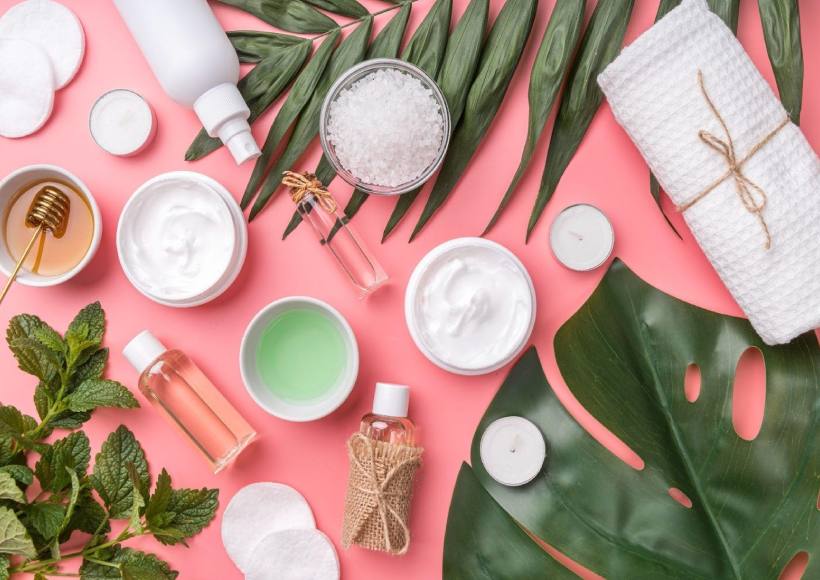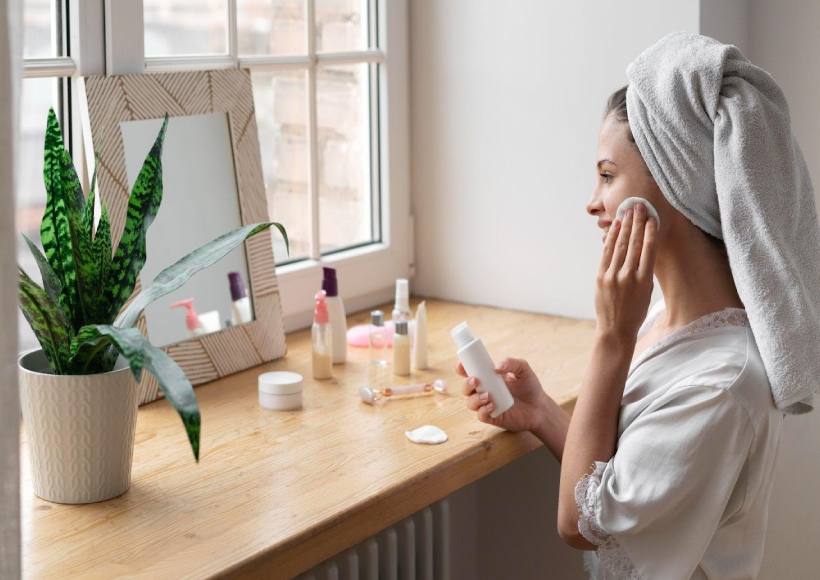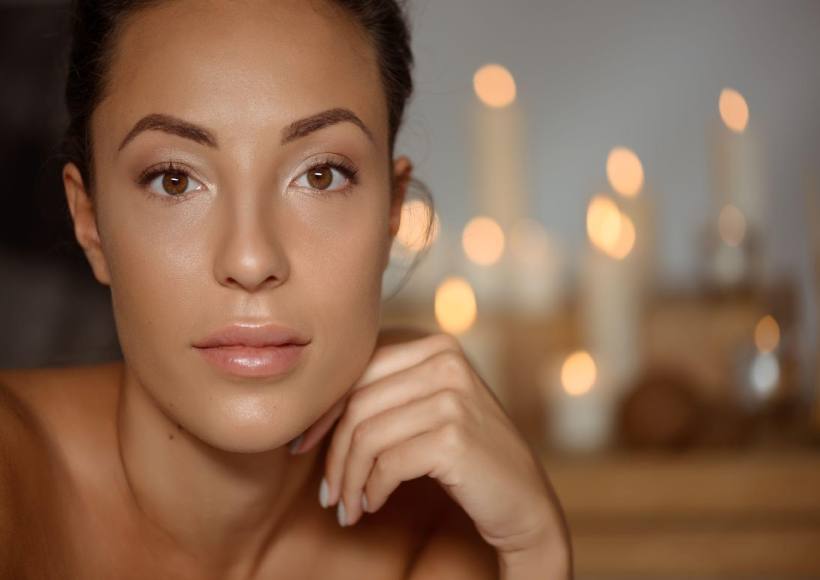All over the years, there has been a tendency for women to avoid “becoming old”. All women from all societies have always tried to hide and conceal wrinkles, spots, and any other signs of age. The trend between women and aging is multifaceted and varies across different societies, cultures, and time periods. However, several broad new trends can be observed.
To begin with, there has been an increasing tendency to focus on health and wellness. Many of us are placing greater emphasis on maintaining our health and wellness as we age. This includes adopting healthier lifestyles, such as regular exercise, balanced nutrition, and stress management, to promote physical and mental well-being.
Moreover, there is a growing cultural shift towards embracing aging as a natural part of life and celebrating the wisdom and experience that come with it. Many of us are rejecting societal pressures to look perpetually young and instead are embracing our age with confidence and self-assurance.
A key factor in all these changes has been the choice of career and personal fulfillment. More women are pursuing their career and personal goals well into their later years. This can involve starting new businesses, pursuing further education, or engaging in meaningful volunteer work, contributing to a sense of fulfillment and purpose beyond traditional family roles.
Maintaining strong social connections and support networks becomes increasingly important as we age. Many of us prioritize nurturing relationships with family, friends, and community members, which can provide emotional support and companionship as we navigate the challenges and opportunities associated with aging. All this is possible thanks to the fact that women are becoming more proactive in planning for their financial futures as they age. This includes saving for retirement, investing wisely, and seeking financial independence to ensure stability and security in their later years.
The trend among women and aging reflects a diverse and evolving landscape, characterized by a combination of proactive health measures, self-empowerment, and a focus on holistic well-being and fulfillment. This internal change has also been accompanied by an external change and thanks to the advancements in skincare technology and an increasing array of beauty products available, many women are taking proactive steps to preserve their youthful appearance. This includes the use of anti-aging creams, serums, and cosmetic procedures to combat signs of aging such as wrinkles, fine lines, and sagging skin.
Niacinamide: the new star in this revolutionary era
There is a key ingredient in the skincare world that came here to stay: Niacinamide. But what is niacinamide? It is a water-soluble vitamin that plays a crucial role in various bodily functions. It is involved in energy metabolism, DNA repair, and cell signaling pathways. Niacinamide is commonly found in food sources like meat, fish, nuts, and grains. In skincare, niacinamide is renowned for its numerous benefits, including regulating oil production, improving skin texture, reducing inflammation, and minimizing the appearance of pores and fine lines. This makes it a perfect anti-aging, antioxidant, and hydrating key ingredient in skincare. It is considered safe for most skin types and is often included in skincare products such as moisturizers, serums, and creams.

There are various ways to incorporate niacinamide in skincare routines really easily:
Using serums: Niacinamide serums are concentrated formulations that can be applied directly to the skin after cleansing and toning. They deliver a potent dose of niacinamide to target specific skin concerns such as uneven skin tone, enlarged pores, and fine lines.
Together with moisturizers: Many moisturizers contain niacinamide as an active ingredient to provide hydration and nourishment to the skin while also benefiting from its anti-inflammatory and barrier-strengthening properties.
To do some treatments: Niacinamide can also be found in spot treatments or targeted solutions designed to address specific skincare concerns, such as acne or hyperpigmentation.

Combining products: Some skincare products, such as creams or lotions, combine niacinamide with other beneficial ingredients like hyaluronic acid, antioxidants, or retinol for enhanced efficacy and multiple skincare benefits in one product.
In your sunscreen: Niacinamide can be included in sunscreen formulations to offer additional protection against UV damage and to help maintain skin health.
Incorporating niacinamide into a skincare routine typically involves applying the product containing niacinamide onto clean, dry skin, either in the morning or evening, depending on personal preference and the specific product instructions. Always remember that it is important to patch-test new products containing niacinamide to ensure compatibility with your skin and to follow any usage guidelines provided by the manufacturer. If you have any doubts, it is always advisable to ask a dermatologist.

